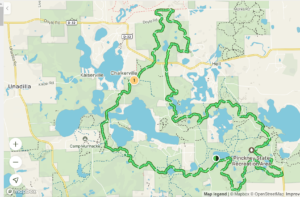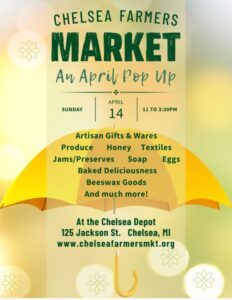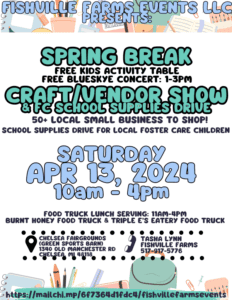By Jennifer Fairfield
(Publisher’s note: Part One ran yesterday.)

Trees and Shrubs:
May is a good time to plant new trees and shrubs. The Arbor Day Foundation has lots of great tips for choosing the right tree for your needs, along with details for proper planting and care.
Once your early-blooming shrubs, such as forsythia and flowering quince, have dropped their blossoms, you can prune them back for better growth in the future. Letting them go without regular pruning will cause them to have leaves and flowers on the ends of long, mostly leafless branches. An annual pruning will keep them looking full and give you more blossoms.
Whether you are planting new trees and shrubs or sprucing up existing ones, once the soil has warmed up, it’s time to mulch. Don’t mulch too soon, as that will keep the soil cooler, which can slow down growth. When you are mulching trees, avoid creating mulch “volcanoes” (piling mulch up around the trunk), which can slowly kill your trees. Click here for good tips on mulching from the MSU Extension.
Birds:
It’s time to get out the Hummingbird and Oriole feeders. I saw a gorgeous Orchard Oriole at my house just last week, and I want to encourage him to come back. Please remember to clean out your feeders regularly – at least once a week while the temps are cooler, but more frequently when it’s warmer out. The sugar solutions we typically off these beauties are great bacteria breeders, especially in warm weather, and can be harmful – even deadly – to the birds.
There is a great deal of concern, and some conflicting information, about the avian flu that is being found in domestic chicken and duck flocks around the state (and the country) currently. I can’t pretend to have all the answers to those concerns, but will share what I have learned, both from the Michigan DNR and the Cornell Lab of Ornithology, on the subject.
First – songbirds do not appear to be affected by the disease, but they can carry it and potentially transmit it.
Second – the disease is more likely to affect poultry and waterfowl than other birds, though raptors (eagles, hawks, falcons, and owls, among others) seem to be more sensitive to the disease.
Third – there is not a mandate in Michigan to remove wild bird feeders. There are suggestions about removing them or moving them if you keep domestic poultry or waterfowl, but whether or not you put out feeders now is entirely up to you.
Fourth – there is absolutely strong recommendation to keep your feeders, and the area around them, clean. This is important at all times, but especially now, to help reduce the possibility of disease transmission.
You can learn more about the disease, and keep up with the latest information at the websites of the DNR and the Cornell Lab.
Bottom line – it’s up to you what you do about your feeders, but if you do keep them out, please be conscientious about keeping them clean. Basically, the experts are saying that it can’t hurt to take them down, and may help, but they don’t know for sure.
Same things go for bird baths. If you are going to put out bird baths, keep them super clean. For baths, that really means emptying them out and giving them a good scrubbing pretty much daily, with a more thorough cleaning with a 1-part bleach to 9-parts water solution every week. Be sure to rinse them thoroughly before filling them back up.














